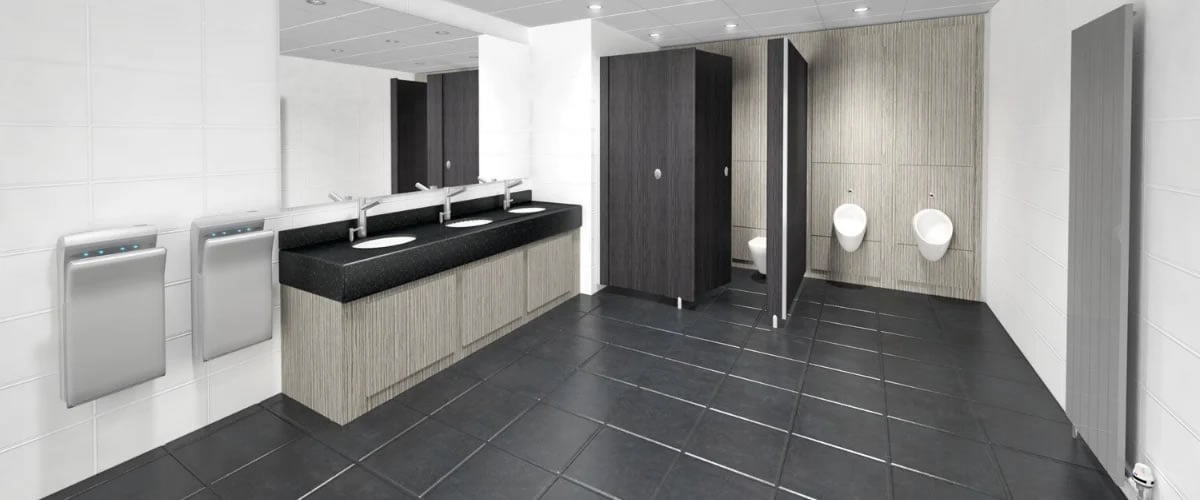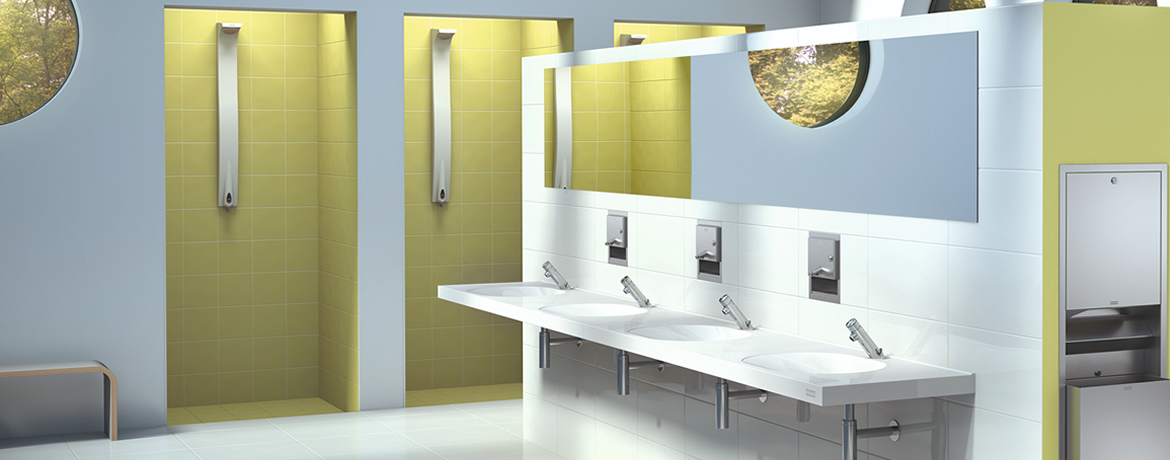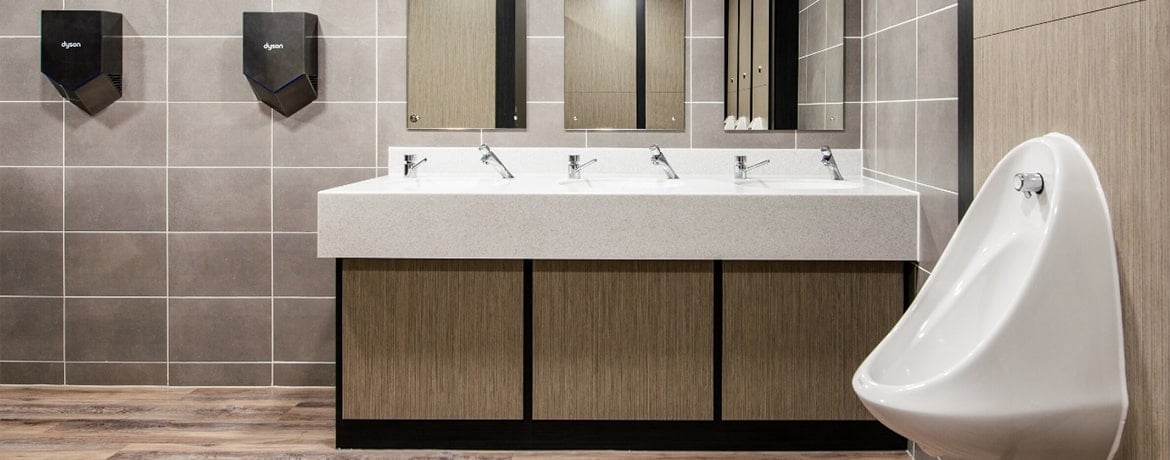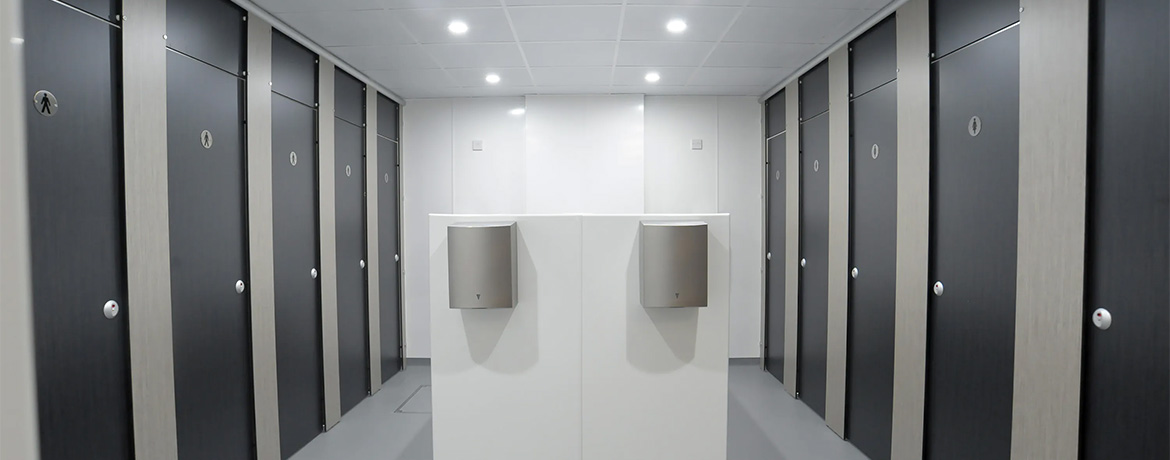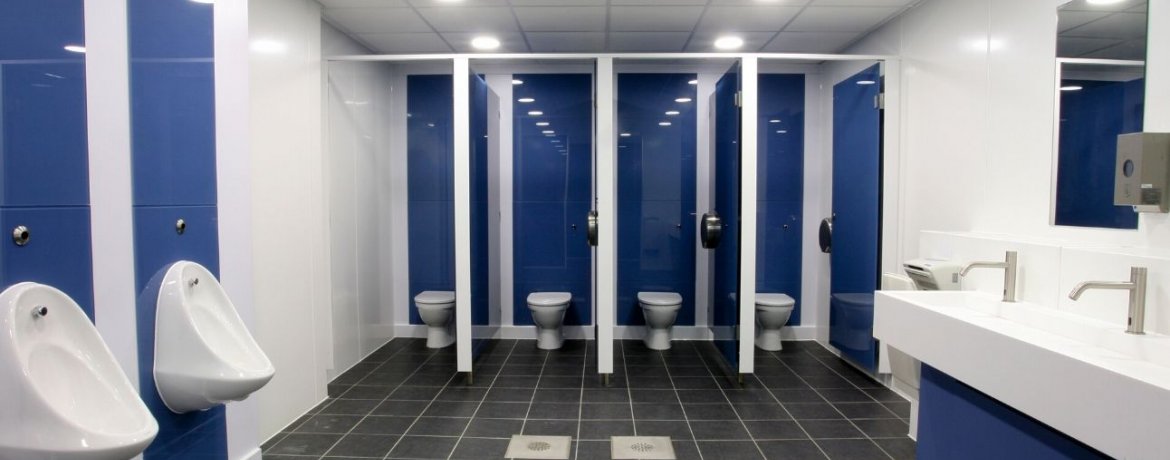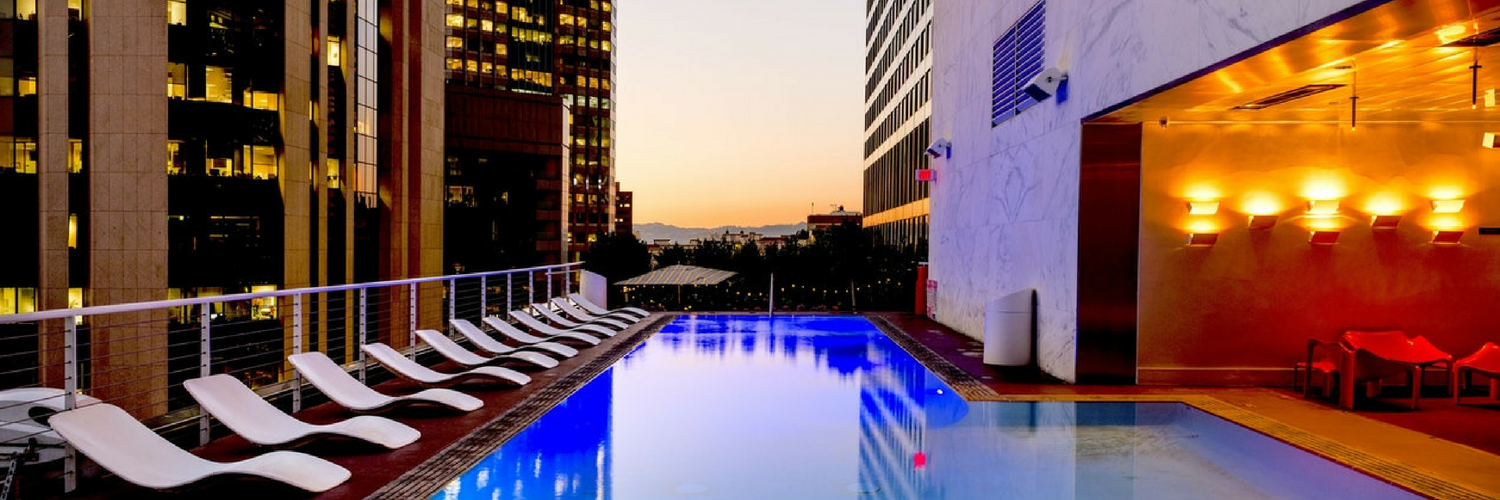A Case For Unisex Washrooms for Transgender Spaces
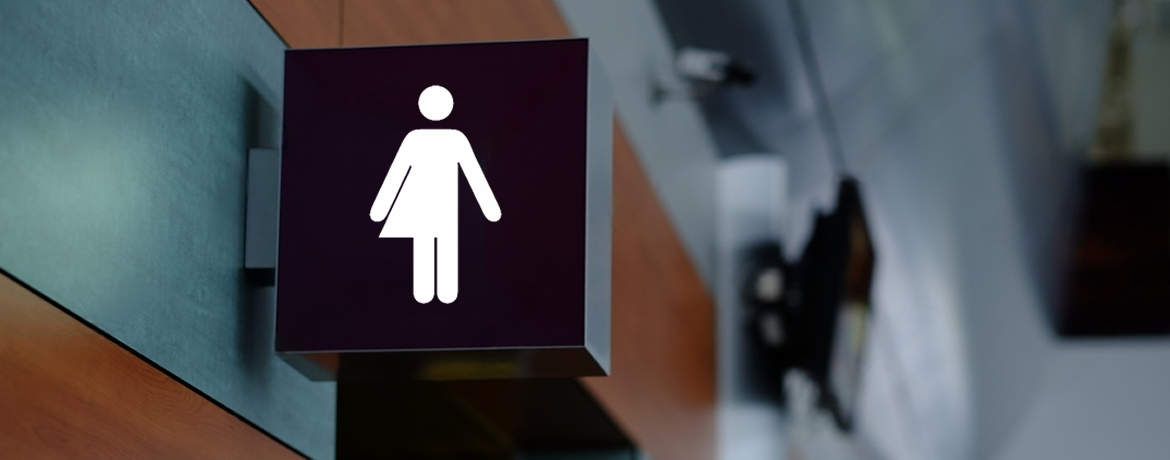
The equalities watchdog is understood to be considering advising businesses, hospitals and schools to provide additional gender-neutral facilities, after the Supreme Court said that trans women should not be allowed to use women’s bathrooms.
The development comes after Baroness Falker, the chairman of the Equality and Human Rights Commission (EHRC) said that trans groups “should be using their powers of advocacy to ask for those unisex spaces”.
Government Guidelines still advocate single-sex toilets, but where space allows, Unisex Toilets can be a safe space for all genders while increasing privacy, reducing antisocial behaviour, and saving money.
More Unisex Toilet Articles:
- 8 Things we learned from new Single-Sex Toilet Guidelines
- Are Unisex Toilets Legal in Schools?
- Case Study: Unisex Toilets at Shaftesbury School
- Equalities Watchdog to advise Gender Neutral (Unisex) Bathroom Facilities
Unisex washrooms, gender-neutral bathrooms, gender-inclusive, mixed-sex, or all-gender toilets are becoming more popular. Not only are they becoming more common, but they also offer various advantages. Here, we explore those benefits and examine how unisex washrooms can be a great choice, particularly in the school environment.
Naturally, the idea of a unisex washroom can be uncomfortable. When we use the washroom, we usually seek privacy, and there have been concerns about how this might be affected in a shared wash space.
However, toilets and cubicles still maintain users' privacy, just as in a single-sex washroom. The shared environment predominantly affects the washing area. Sometimes, it can actually be more interesting to ask ourselves why we segregated toilets in the first place. Home toilets and bathrooms are always shared, so why should the school or workplace be any different?
Can Transgender Women use Female only toilets?
The Supreme Court recently stated that trans women should not be allowed to use women’s bathrooms. This will inevitably mean an increase in unisex or gender-neutral washrooms.
Unisex Toilets - a Unified Space
Of course, one of the main advantages of a shared washroom is that your facilities are merged into one easy-to-manage area instead of two separate facilities.
From a general care and maintenance point of view, having them in one place makes for an easier and more manageable environment to clean. Beyond that, and from the user's perspective, the washroom can cease to be intimidating and merge into the other shared, communal spaces at the school or workspace.
But What About Unisex Toilet Privacy?
As within many bars and nightclubs, the unisex or shared area is essentially the area for wash basins and hand dryers. To maintain privacy for secondary and senior school students, full-height cubicles are installed, and in some instances, segregated cubicle rooms come off the washing area. In any event, users will only mix or see each other while washing their hands.
Teenagers Can Be Very Self Conscious
Of course, it is well noted that teenagers can be incredibly self-conscious, particularly with all the physical changes going on in those formative years. With this in mind, some may wonder if a mixed washroom environment is a good idea. However, these self-conscious issues arise in same-sex washrooms as well, not to mention in day-to-day activities during the school day.
Are there Urinals in Unisex toilets?
Some people may be concerned that boys will likely be standing at urinals in the main wash area. What’s excellent about unisex washrooms is that urinals are seldom used, so the smells and worry of a wet floor are negated. When urinals are present, they are housed in cubicles like toilets.
The Toilet Seat Issue
When new unisex washrooms are installed, one of the main concerns from female users is that males have poor aim, which makes them not want to use the toilet seats. However, this rarely becomes a problem in existing unisex washrooms, and where users are overly concerned, crescent toilet seats could be installed. Shared washrooms often positively impact personal hygiene in the wash space, with students and staff actually being more respectful of other users.
Unisex Washrooms reduce Bullying and Vandalism
Bullying happens in and outside the washroom, but washrooms provide a closed environment away from prying eyes and are often cited as bullying hotspots. Some of this can be reduced in a unisex wash space, as they'll be busier by their very nature. In the school environment, unisex toilets can also be easier for teachers to monitor. In some instances, glass or transparent doors are fitted to the main entrance of the handwashing area to facilitate this.
Because the washroom is a shared space, teachers on duty will not need to ask a colleague of the opposite sex to help them check the other washroom. Clear doors to the washroom, or, in some instances, no door at all, work to prevent unnecessary, closed-off areas where bullying and vandalism can thrive.
Because of the Cubicle's privacy, installing CCTV in the central area is also possible.
‘Hang time’ reduced
Washrooms can be a place to hang out with friends,, but a unisex washroom reduces pupils' time spent in the toilets, especially when Washroom Mirrors are removed.
Unisex Toilets can Save Money
In the long term, unisex washrooms can save money. Not only are cleaning schedules and rotas easier, but depending on the traffic numbers of your school or business, you may not need quite so many wash basins and dryers. Maintenance will be consolidated, as will Legionella checks.
Unisex Toilets are great for Supervision and Carers
If you have a young child, unisex toilets enable you to keep an eye on them and not be left with them using the facilities unsupervised. The same advantage can be pulled for carers who need to be close at hand in public toilet facilities. This benefit is mainly beneficial in environments such as restaurants and shopping malls.
Unisex Washrooms Help with Transgender Issues
Shared washrooms also help with transgender equality, a growing concern in busy commercial environments. In the US, many office buildings have installed unisex toilets. In a shared environment, transgender users feel less discomfort when deciding which washroom to use.
Difficult for extremely high-traffic environments
Implementing unisex washrooms can be a little trickier in extremely high-traffic environments such as train stations, services, and shopping centres.
Male urinals often throw up the main concern as in a same-sex washroom; they need to be concealed within a cubicle. With the frequent, fast nature of a busy urinal, the cubicle doors can slow down user flow, creating long queues at peak times.
Unisex Washrooms need to be larger
A unisex bathroom must be larger than a single-sex bathroom to accommodate the extra traffic of both genders. The Health and Safety Executive website provides a guide to the number of washbasins and toilets.
| No. of people | Toilets | Washbasins |
| 1-5 | 1 | 1 |
| 6-25 | 2 | 2 |
| 26-50 | 3 | 3 |
| 51-75 | 4 | 4 |
| 76-100 | 5 | 5 |
In Summary
The benefits of a shared washroom far outweigh the negatives. Users are potentially worried about privacy and hygiene issues, but with floor-to-ceiling cubicles and doors, user privacy is as good as, if not better than, in same-sex wash spaces. User hygiene is often better in these environments; routine cleaning is made easier and can be done more efficiently. Only the washing area is shared, but this open environment can reduce bullying and make it easier for teachers to monitor for misbehaviour. If you're about to undertake washroom refurbishment or install new facilities, then shared washrooms are undoubtedly worth your consideration.
As always, our team are at the end of the telephone for all your queries and questions and have a wealth of knowledge we’re happy to share with you. So if you need some guidance or want to discuss your options, you can call us on 01202 650900. or visit our Unisex Washroom Design Service page.
MORE TO EXPLORE IN Related Posts

Delabie 4 in 1 Mirror Box Unit with Integrated Tap, Soap and Hand Dryer/Paper Towel Dispenser

Ideal Standard Intellimix Integrated Sensor Tap and Soap Dispenser, Deck Mounted
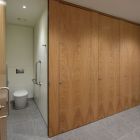
Flush Fronted, Full Height Veneer Toilet Cubicles (44mm Thick)

UltraFast Conceal Corian Wash Trough
As low as £996.00 £830.00

